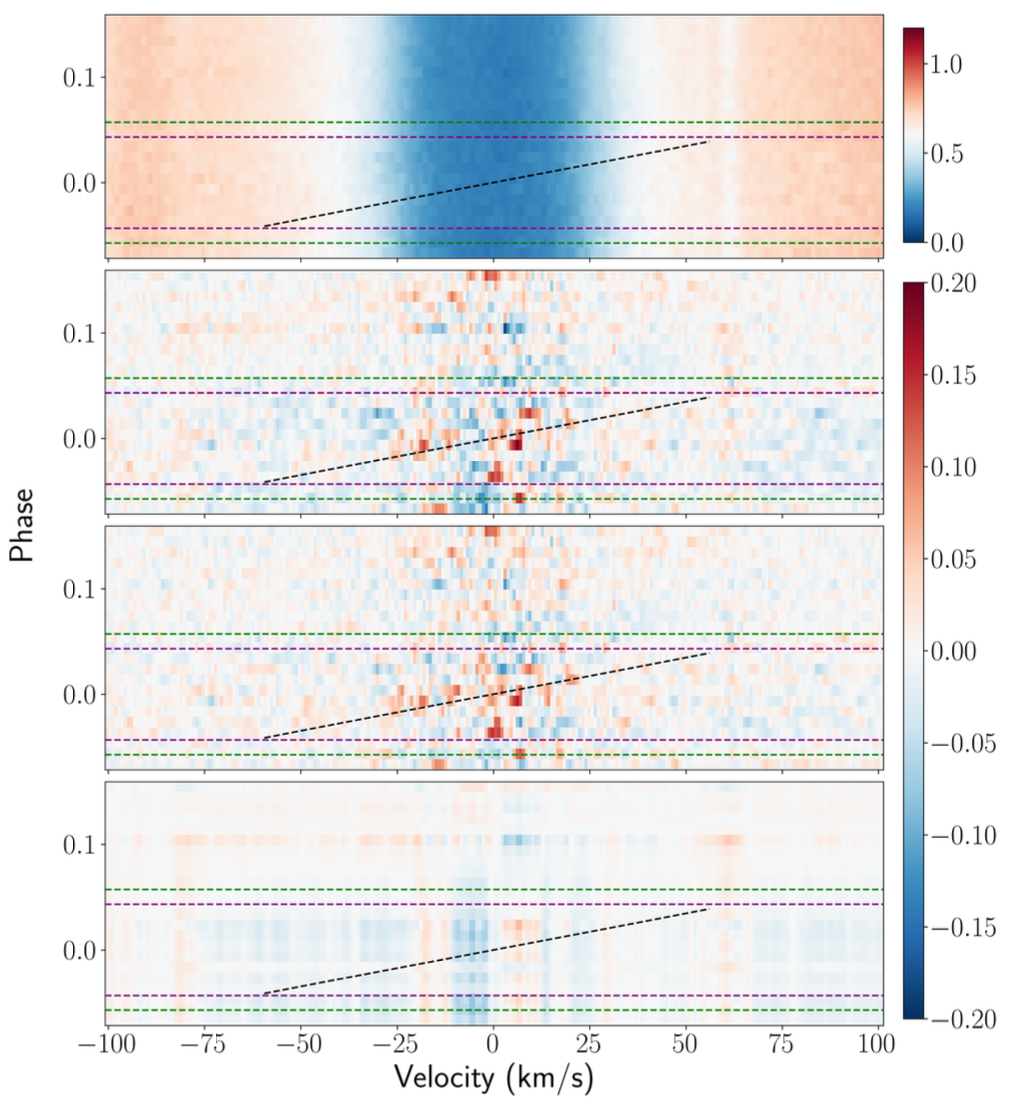WASP-12 b is an ultra-hot Jupiter (UHJ) of special interest for atmospheric studies since it is on an inspiraling orbit in an extreme environment of intense radiation and circumstellar gas. Previously claimed detections of active mass loss from this planet are controversial across the literature. To address this controversy, we obtained two new transit observations of WASP-12 b with the optical high-resolution PEPSI spectrograph on the Large Binocular Telescope. Contrary to previous work, we do not observe planetary H𝛼 absorption and rule out the amplitude of previously reported detections. Our non-detection may be limited by the sensitivity of our data or could indicate weaker mass loss than suggested by previous studies. We conclude that previous claims of H𝛼 absorption from the atmosphere of WASP-12 b should be reevaluated. Given the anticipated line strength of Balmer/optical features, observing the atmosphere of this faint target will require stacking more observations even with the largest telescope facilities available.

Read more: Pai Asnodkar et al. 2024, MNRAS, 535, 1829
